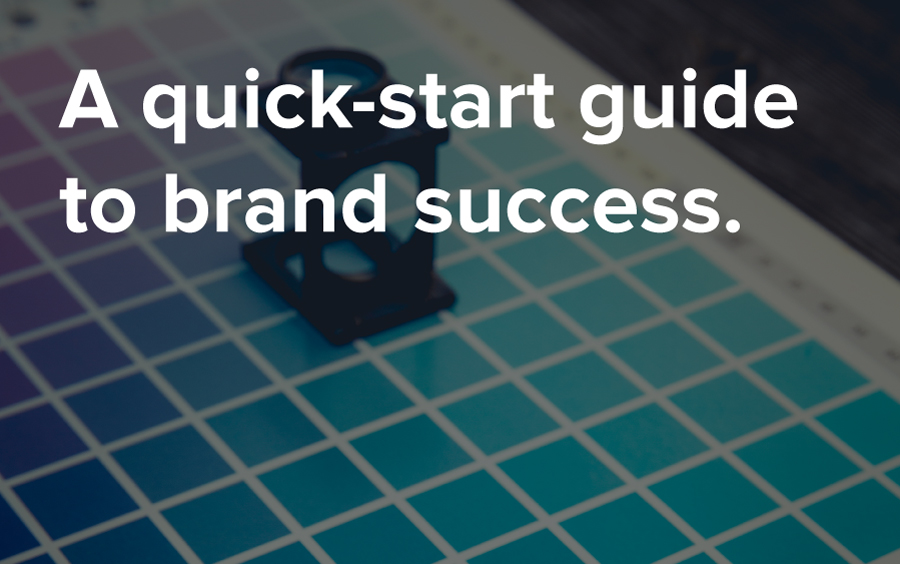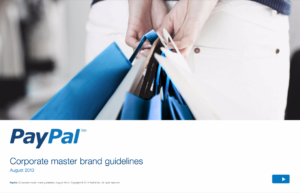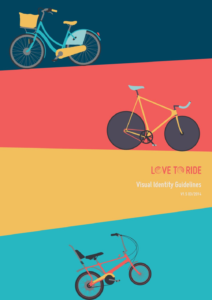
No ifs, ands, or buts — if your business does not have a brand style guide, stop what you’re doing, and start the process of creating one, now. Without one, your brand will lack consistency with every piece of collateral you make.
[clickToTweet tweet=”“Commit to your brand. Then, create a culture around it.” @thekacc” quote=”“Commit to your brand guide and use it as a reference tool. Then, create a culture around it.” – KICK-ASS CONTENT CREATOR” theme=”style1″]
Now, let’s start by giving you the lowdown on what exactly a brand style guide is.
A brand style guide (brand guide or style guide, for short) is a book filled with all the necessary information it takes to create anything your company needs, whether it’s a flyer, your website, a brochure…even a social post. Your brand guide acts as the “primary visual DNA of your company’s branding” and dictates your brand’s identity, ensuring anyone who touches it — a designer, copywriter, social media specialist, etc. — can create collateral that stays aligned and unified with your vision. A brand guide can include details such as tone, word usage, words and colors you want to associate with your brand, and so on. It defines who you are and how you want to be perceived by the public.
Note: Another thing to include in your brand guide is what NOT to do. Designers and copywriters are nicknamed “creatives” for a reason. Sometimes, they let their creative juices flow outside the lines. This way, they’ll know exactly how creative they’re allowed to get with your brand.
Here are some of the key components your brand style guide should include:
-
START WITH YOUR LOGO
Define the size, placement, and color you’d like your logo to be displayed. Include spacing specifications and make sure to give examples, too.
-
PICK YOUR PALETTE
When choosing a color palette, be sure to include primary and secondary colors. Primary colors are your main colors and secondary colors act as accent colors. Also dictate how those colors can be used when it comes to opacity (transparency).
-
TEXT AND TONE
You should define the primary and secondary fonts and typefaces you’d like to use on both print and digital platforms. While useful, but not necessary, some brands use different primary and secondary fonts depending on the collateral. On print they may use Century Gothic, but for digital, they may want to go with Helvetica. Why? Who knows. It’s your brand, so do whatever you want with it (as long as it makes sense).In this section, I would also include words you want to see used more often than others, as well as the words you NEVER want to see associated with your brand. Do you want your copy to sound formal, or conversational? Provide a paragraph sample describing your brand, written in the tone you’d like your copywriter to mimic.
Download the READY-MADE RESOURCE GUIDE TO FONT PAIRING.
-
IMAGERY
Give clear examples of the types of photos that correspond with your brand. This helps the designer when choosing stock images or directing a photo shoot.
It’s important to work closely with a designer and copywriter when creating your brand style guide. They can contribute expert feedback and help you make decisions that ultimately make your brand look its best. Just remember to KEEP IT CONSISTENT. Because consistency builds trust with your consumer, and trust is what makes the sale.
I know. It’s all pretty confusing. So, here’s a list of 7 brand style guides you can use for reference.








Recent Comments